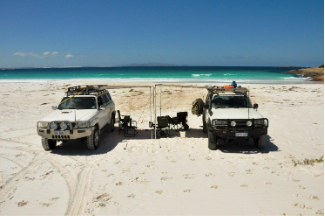May 31, 2019 Winter Tyres and Other Australian Winter Driving Considerations
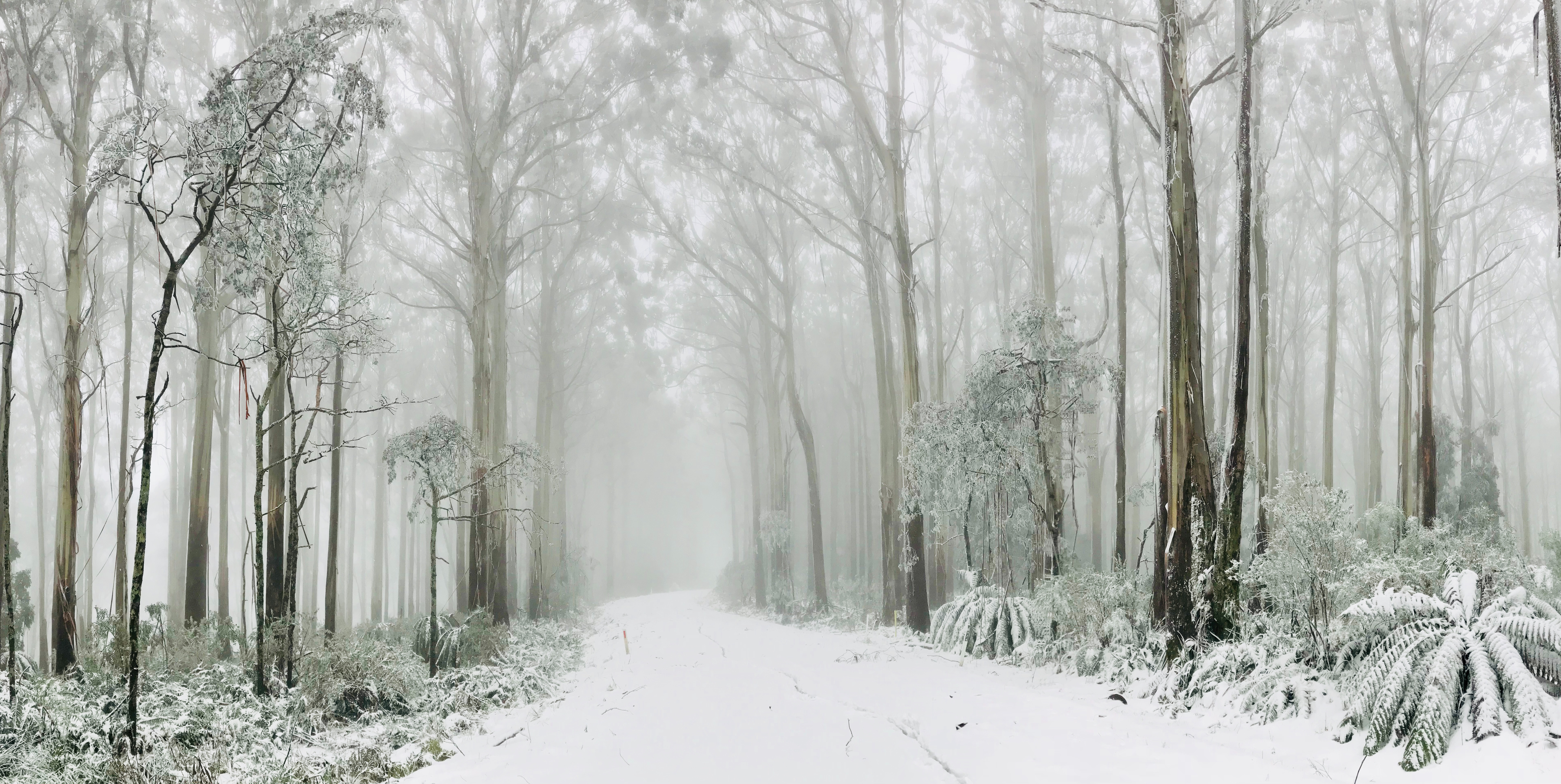
Australian winters aren’t exactly known for being extreme, but there are still different considerations that you need to take into account when driving, particularly when there are adverse weather conditions. The fact remains that heavy rain, ice and even snow in some parts of the country are a reality, and so it’s always important to make sure that your tyres are up to any and all challenges.
Which Winter Tyres Are Best?
We sell a rather different set of winter Yokohama tyres here in Australia than in many other parts of the world. Overseas, we carry an iceGUARD range, all of which are perfect for driving in thick or heavy snow and ice. The likes of iceGUARD iG52c, iceGUARD iG51v and BluEarth Winter V905 are absolute staples for people living and driving around some of the snowiest locations in places like Canada or the USA.
In Australia, tyres don’t need to cater to those conditions so much, but it is a great idea to look for those that can perform particularly well in wet conditions. Many of our Yokohama tyres offer wet traction and superior handling, which is exactly what you need when the roads get slippery!
Driving In The Australian Snow
Look, Australia may have some amazing marketing campaigns regarding so-called “eternal sunshine”, but those of us living in states like Victoria or New South Wales know that this isn’t always the case! In saying that, we are blessed to have some incredible mountains, and even snow resorts, right here on our own land.
In winter, those driving to Perisher Ski Resort or anywhere within Kosciuszko National Park are required to carry snow chains in their cars. The compulsory period spans between June and October, and whenever signs or the authorities direct you to do so, you have to fit them to your tyres. People with 4WDs are exempt, but between these dates, it’s a good idea to do so anyway. The government publishes full details on their website.
Other considerations for driving in snowy conditions include driving slower than usual, using your lights even during the day, and stopping when you can no longer see what’s either side of you. You should put careful planning and preparation into your trip, including in packing an emergency kit with supplies and blankets, plus checking if any routes are closed before you set off. Finally, you can add anti-freeze to your engine radiator.
Other Australian Winter Driving Tips
Remember, in winter, it gets darker a lot earlier, and when the sun sets, that’s when animals like to come out and about. Driving at night is far more dangerous than during daylight hours, and so you must take extra care. If you do hit an animal, follow best practice guidelines.
When it’s raining, drive slowly - there’s no rush! Stopping speeds increase considerably when there’s water on the ground.
Are your current tyres really the best for keeping your safety a priority? If not, check out our current Yokohama range.
More articles

How Advan Tyres Won 2019!
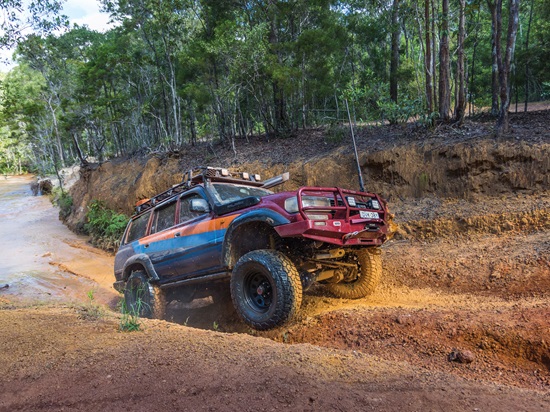
Yokohama Sweep ‘Best New Tyre’ Category at Top Industry Awards!
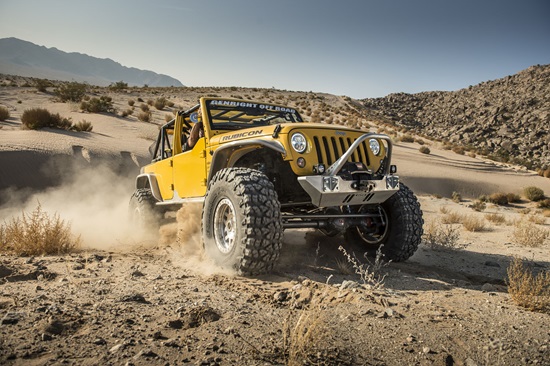
GEOLANDER X-MT G005: RUTHLESS PERFORMANCE, ULTIMATE GRIP
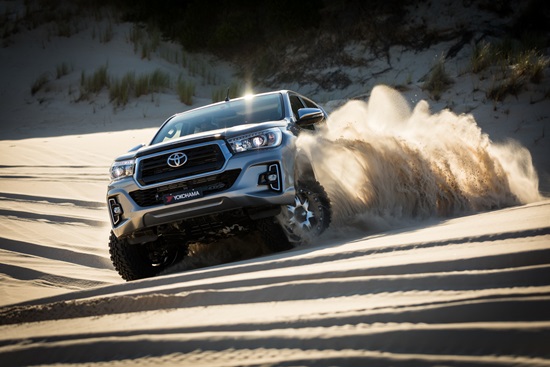
How To Choose Yokohama Geolandar Tyres

The Ultimate Introduction To Car Photography

Your Guide To Japanese Road Trips
